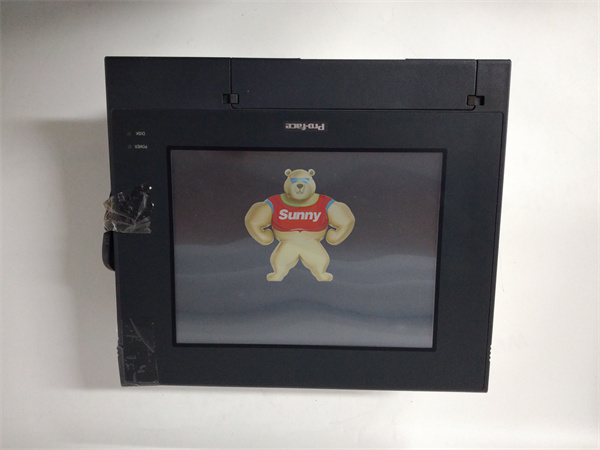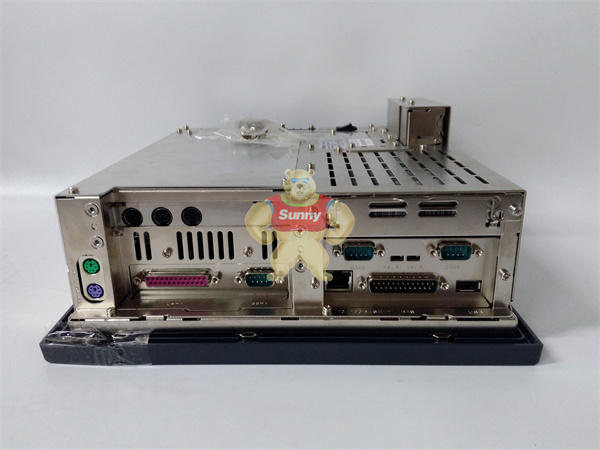Like something out of science fiction, the meta-universe aims to blur the lines between physical and digital space, creating a digital world that provides a highly immersive, highly personalized environment for people to meet, buy and sell goods, and participate in events. In some ways, this meta-universe already exists. For example, the video game Fortnite creates a virtual world for young players to explore freely.
Arguably, the greatest potential for these immersive interactive Spaces lies in the industrial meta-universe. By combining existing technologies such as high-fidelity simulation, extended reality, artificial intelligence, machine learning, iot, blockchain, cloud, and 5G/6G with those still in development, the Industrial metauniverse will create an immersive virtual world that is fully synchronized with the real world in real time.
Analysts have different definitions of this emerging market category, but they all predict rapid growth in investments related to digital twins, a key component of the metacosome. According to Allied Market Research, the global digital twin market will be worth about $6.5 billion in 2021 and will reach $125.7 billion by 2030. Gartner issued a similar forecast, saying that the market for digital twins is expected to grow to $183 billion by 2031, noting that venture capital investment in digital twin startups grew 20 percent between 2020 and 2021. In many ways, the industrial metaverse heralds the decades-long journey of industrial digitization, Industry 4.0 – the development trend of the Fourth Industrial Revolution.
Industry 4.0 aims to increase the speed and flexibility of production by fully integrating physics-based, data-driven autonomous systems with production facilities and embedding them into key processes. ‘
Industrial metaverse applications: Case studies
The industrial metauniverse will dramatically change today’s competitive market. By mapping and simulating real-world machines, factories, cities, and other complex systems in the digital world, the industrial metaverse will empower industries such as automotive and healthcare to digitally solve extremely complex real-world problems.
This new phase of digitization will see virtual sensors that can predict equipment failures, self-driving trucks that improve logistics efficiency, collaborative robots that increase productivity, and refined supply chain optimization upgrades. Its impact will extend far beyond product development and machine maintenance, empowering all stakeholders to collaborate beyond geographical limitations and provide new insights into product design and manufacturing.

2880065-01

2880065-01
An impressive array of applications in the industrial metaverse is emerging. From manufacturing and transportation, to utilities and urban development, it brings many new capabilities that will create value for a wide range of industries. Here are some of the use cases of the meta-universe in different industries:
Optimize design and engineering: Team members from different departments, locations, and even industries will be able to interact with customers, design new products, and get real-time feedback in a collaborative environment, eliminating the need for time-consuming, expensive, and resource-intensive travel, and the need to develop multiple physical prototypes. In addition, the industrial metauniverse creates a fair working environment. This means that distributed, interdisciplinary teams are able to contribute equally to the project, and everyone can be an innovator without the risks and costs of the real world.
Broader testing and validation: In a high-fidelity, multi-physics simulation environment, industries can test a large number of different scenarios while training and empowering autonomous systems through machine learning and synthetic data to reduce the development cycle for new products, improve the design efficiency of new facilities, or incorporate circular economy principles into product design earlier.
Virtual commissioning: Using a virtual model of a manufacturing system helps build resilience, and design and software errors can be detected and corrected at an early stage without fear of interrupting production lines or wasting physical resources.
Enhanced operational capabilities: By simulating factories or other workplaces, team members can collect data in the digital world. This information can be used to support a wide variety of AI use cases, such as virtual factory planning, autonomous robotics, predictive maintenance, and big data analytics. In addition, immersive real-time simulations will support frontline employees and improve their operational efficiency in the real world.
Provide training opportunities to retain talent: In today’s tight labor market, organizations cannot afford to lose talent due to their inability to provide training and career development opportunities. Metacomph offers unique opportunities for skill upgrading and training, as Metacomph can go beyond the limitations of geographical location to provide employees with remote access to expert skills and virtual training modules. In the future, these technologies may help alleviate labor shortages in an aging society.
The next generation of digital twins will be applied to everything in the industrial metauniverse, from entire manufacturing plants and transportation networks, to growing cities and highly complex human systems. By connecting the physical and digital worlds, the industrial metaverse will not only change the way organizations operate and the way employees work, but will also bring significant benefits to society by driving sustainable development and improving human lives.
 1 Year Warranty
1 Year Warranty





